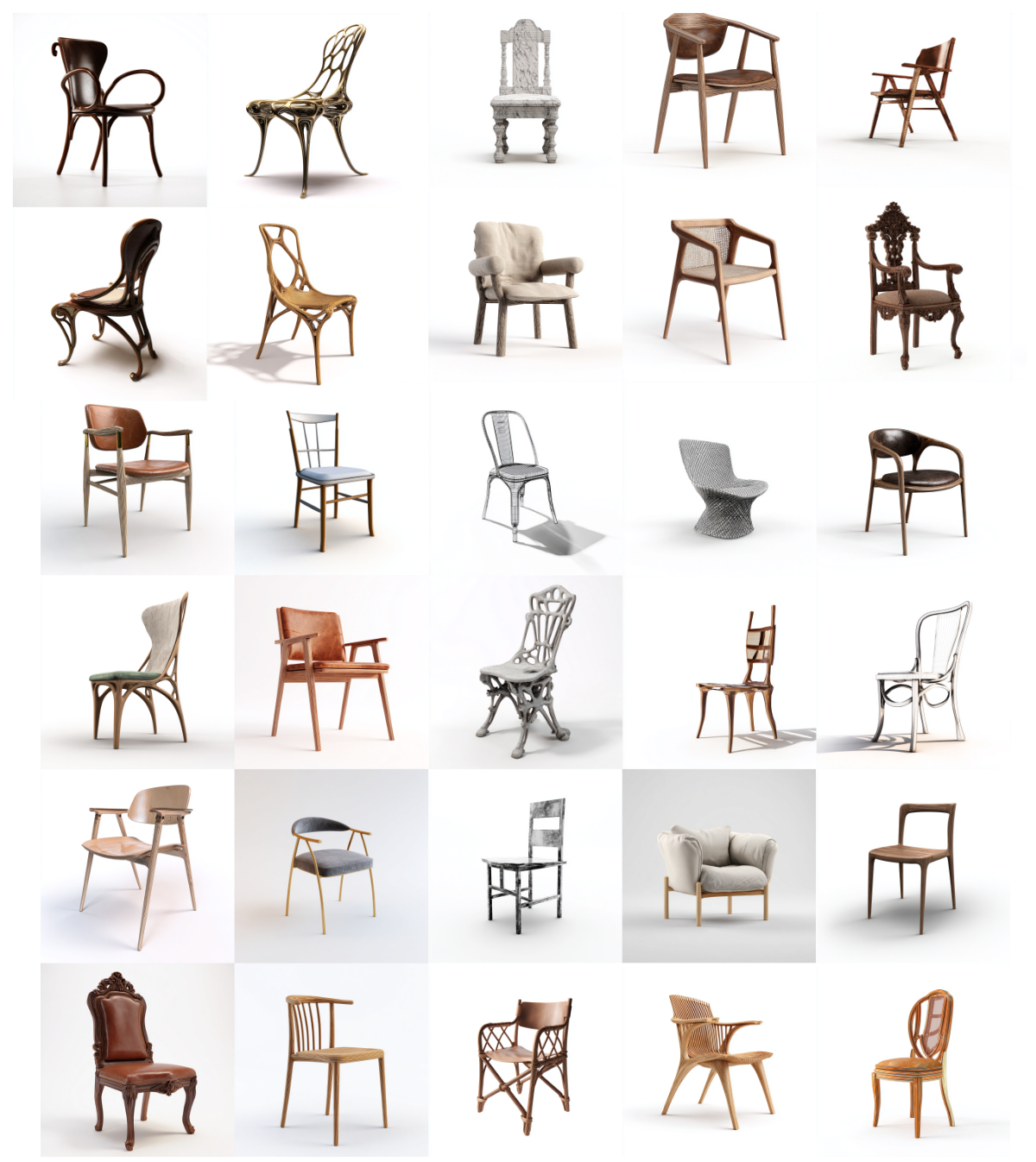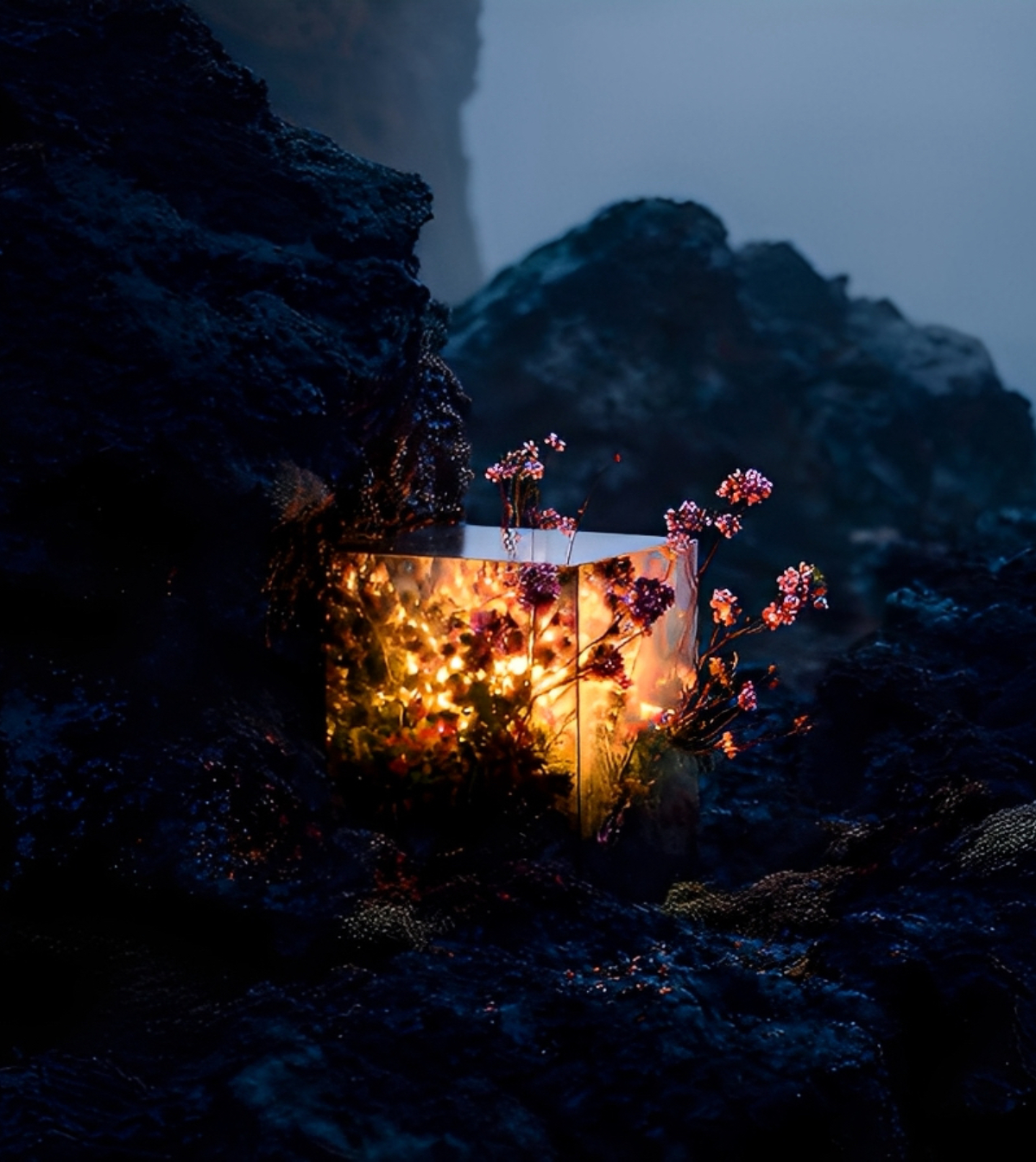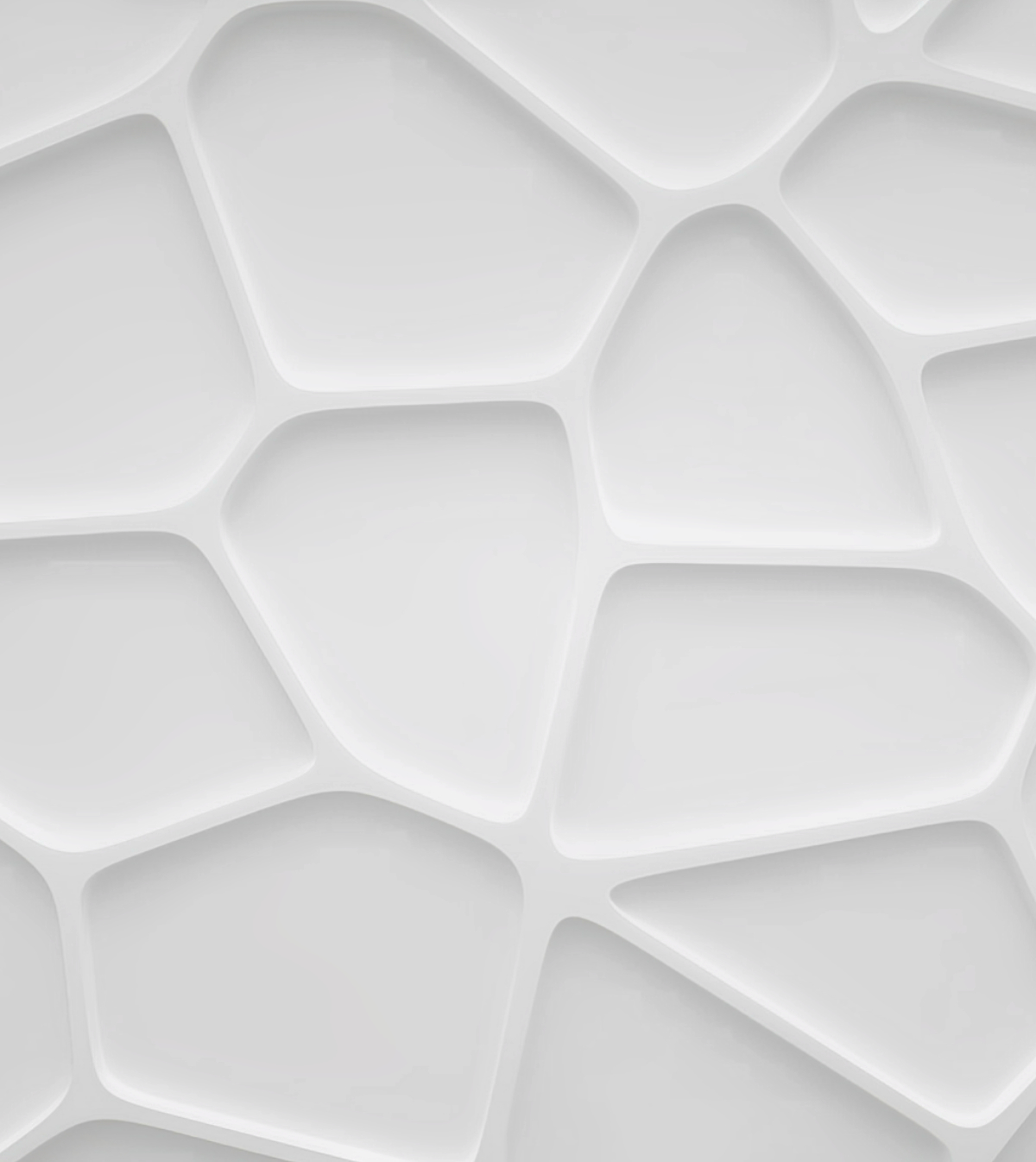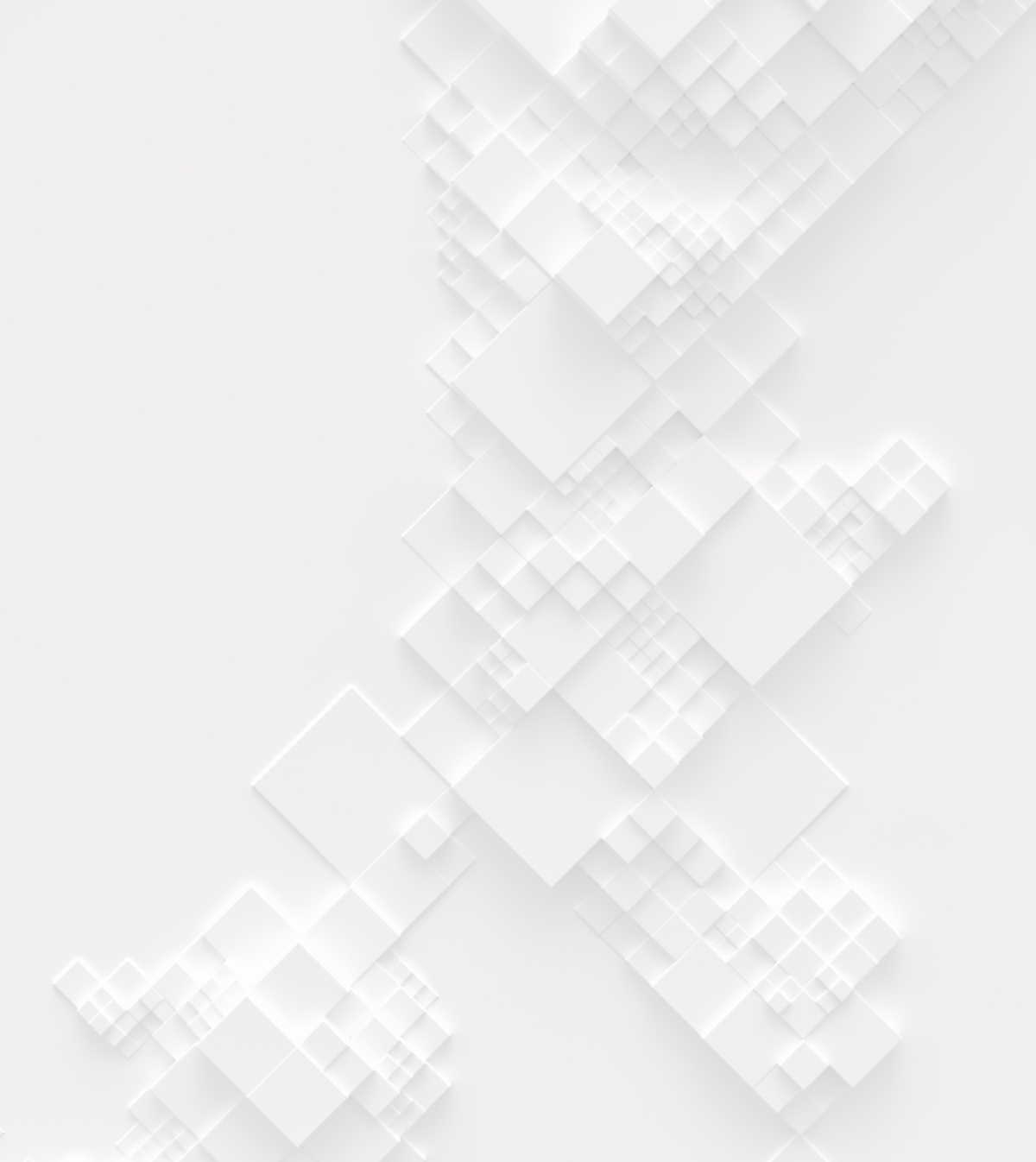We’d like to take the opportunity to introduce you to one of our Honorable mention winners for our "Office 2021 Design Challenge" competition – Martin Chavanne, Shawn Michael, Libby Pelzel and Dan Rider from United States!
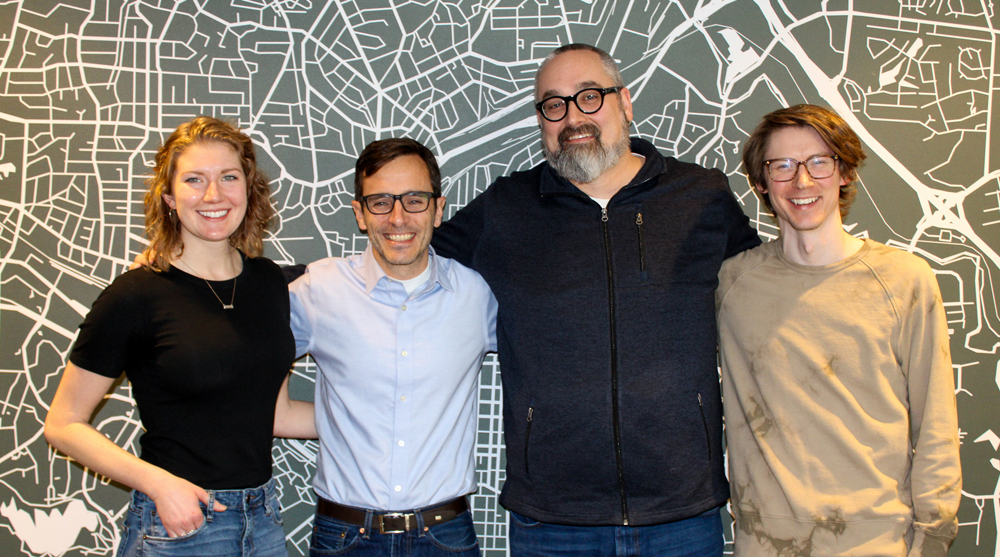
Honorable mention from United States
Established in 1989 in Raleigh, North Carolina, Cline Design is an integrated design firm dedicated to creating impactful communities by amplifying the expansive boundaries of design through careful listening and thoughtful research. With the seamless union of architecture, land planning, and interior design studios, the team has effectively implemented advanced design solutions for the past 30+ years that celebrate each site’s uniqueness and foster togetherness. By considering each site’s context, Cline Design creates spaces that morph seamlessly within its existing environments, while simultaneously respecting its surrounding history and culture with practical and sustainable design solutions.
Cline Design has offices in Raleigh and Charlotte, North Carolina, and employs 110 professionals including more than 30 registered architects. The firm has been both nationally and locally recognized, with its most recent accolades including the 2021 Multi-Family Executive Awards Merit Winner for Best Unit Design and Merit Winner for Mixed-Use Development, as well as the 2019 AIA North Carolina Firm Award.
Brief information about the projects that you/your company have been involved with. For instance, what scale have you focused on/preferred, any significant projects where the company/ individuals have been involved?
Cline Design has designed countless multi-family, mixed-use, retail, office, corporate, and hospitality projects throughout the southeast. The scale of projects varies but typically ranges from 5-story mid-rises to 13+-story high-rises containing strictly residential units or a combination of residential and commercial space. They have collaborated on noteworthy projects recognized for their quality architecture, stunning interiors, and luxurious amenities that set the bar high for a new standard of living.
Peace Raleigh Apartments is in downtown Raleigh and has catalyzed future developments rejuvenating the once underutilized historic neighborhood called Smoky Hollow. It includes 417 apartments, a 45,000 square foot Publix, a two-story creative space for office or retail use, and an integrated parking deck. The ground-floor Publix was a long-awaited arrival for the community, as it was and still is, the first and only national grocer to call downtown Raleigh home.
Willard Street Apartments is North Carolina's first transit-oriented affordable housing project and includes 82 units with 5,000 square feet of ground-floor commercial space located at the intersection of Jackson and Willard Streets. Positioned next to Durham’s downtown transit station, the four-story community is constructed atop a two-story parking podium. The complex has 39 one- bedroom and 43 two-bedroom units with three-quarters of the units set aside for those whose annual household income is 60 percent or below Durham's average. The development enhances the quality of life for low-income residents by offering easy access to the city's main bus hub, free high-speed internet, a private playground, local art throughout, and a non-profit dental clinic on the first floor for uninsured residents. Additional residential amenities include an elevated plaza on top of the parking podium with a picnic shelter, as well as a fitness center, business center, community multipurpose room and kitchen, laundry facilities, and on-site management.
Foster on the Park is a newly built mixed-use development located adjacent to Durham Central Park offering 162 units and 2,000 square feet of ground-floor retail. The development has revitalized the urban infill site by partnering with the City of Durham and Durham Central Park Inc. to fund a new plaza at the park's entrance and transforming a portion of Rooney Street that runs through the park into a woonerf - or a living street - open to multiple modes of travel. The new concept slows down traffic and creates more pedestrian-friendly space, opening a portion of the park that has been underutilized for years.
Thoughtful place-making is elevated with a local artist's custom mural alongside Foster on the Park's building facing the public park. The Glass Jug Beer Lab occupies Foster's retail space and offers a direct connection from the transformed park to their outdoor patio and seating, bringing more foot traffic to the area in addition to Durham's Food Hall across the street.
The development is NGBS Green Certified and offers on-site amenities including a rooftop terrace overlooking the city and park, resident library, yoga room, 24-hour fitness center, and resort-style saltwater pool and lounge equipped with grills and fire pits.
What does architecture mean to you and what is the role of an architect in your society?
Simply put, architecture is all about creating experiences within space. This experience is a synthesis of function and emotion. Form, tectonics, craft, color, light, texture, sound, reflection, and shadow are all tangible ways to illicit emotion. However, we must also be keenly aware of the history of the place, current societal values, and community aspirations to create something that is specific for its place and its users. An architect’s job is to filter and distill all this information into a powerful idea that sparks the soul of building users, passersbys, and of the community in general.
Architects have a unique position to improve the quality of life in society. We have a responsibility to positively affect our communities and culture. To us, architecture is a tool to achieve the above statements through function and aesthetic. We get to enjoy the process of design, problem solving, teamwork, and creativity.
Why do you participate in architecture competitions?
We participate in competitions because we enjoy collaborating across studio teams and exploring new ideas. Competitions keep us involved in design conversations outside of our firm’s projects and portfolio. Thinking critically about the prompt and our proposed solution helps us deepen our understanding of design and architecture.
Throughout the competition process, we enjoy pushing the limits of the programs we use every day. This allows us to strengthen our understanding of the software and then apply what we’ve learned to future endeavors. We continually work to push the boundaries and develop better ways to graphically represent our ideas. Most importantly, competitions are fun, and our team loves a good challenge!
What advice would you give to individuals who struggle to decide whether it would be beneficial for them to participate in architecture competitions?
Although it can be tough to manage design competitions on top of a full work and life schedule, competitions are great ways to keep the joy of designing alive. By nature, we are a profession full of dreamers. Architectural competitions offer the perfect platform for such thinking. They allow us to think outside the box without the constraints of a budget, using an uninterrupted design flow. Putting together competition boards is also a great way to practice crafting a narrative with graphic representation.
Top 3 Reasons Why You Should Enter Architecture Competitions
Curious about the value of architecture competitions? Discover the transformative power they can have on your career - from igniting creativity and turning designs into reality, to gaining international recognition.
Learn more





